7 tips for traveling with type 2 diabetes
Don't let diabetes disrupt your vacation time.

Living with type 2 diabetes doesn’t have to totally disrupt your life—or a much-needed vacation. With some careful coordination and prepping, it is possible to have a happy, healthy trip, whether you’re camping, relaxing on the beach or backpacking across Thailand. Just keep these factors in mind before you hit the road.

Get checked out before you go
Before any extended trip, it’s important to visit your healthcare provider to ensure you’re healthy enough to travel. Your doctor should also fill prescriptions you’ll need for the excursion, and provide a letter explaining your condition, as well as any medications or devices you may need in case… Show More
Before any extended trip, it’s important to visit your healthcare provider to ensure you’re healthy enough to travel. Your doctor should also fill prescriptions you’ll need for the excursion, and provide a letter explaining your condition, as well as any medications or devices you may need in case of an emergency. Prescription laws vary country to country, so do your research if you’re traveling internationally.
Show Less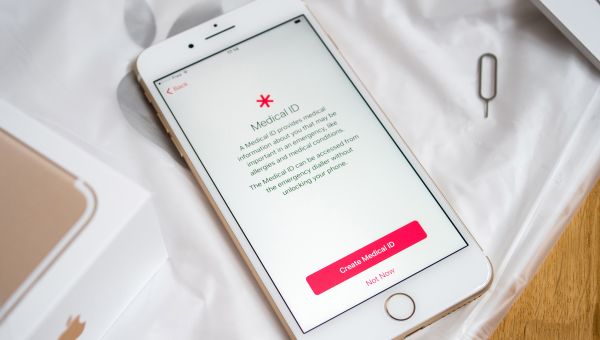
Don’t forget your medical ID
If you don’t already have one, consider getting a medical ID—especially if you use insulin. During an emergency, medical professionals look for medical IDs to gather information about a person’s health conditions, prescribed medications and allergies. Medical IDs can be worn as necklaces or… Show More
If you don’t already have one, consider getting a medical ID—especially if you use insulin. During an emergency, medical professionals look for medical IDs to gather information about a person’s health conditions, prescribed medications and allergies. Medical IDs can be worn as necklaces or bracelets, or even programmed into your smartphone, so they’re easy to travel with, too.
Show Less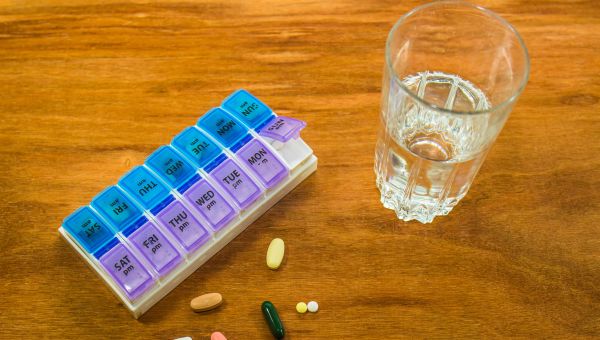
Pack twice as much medication
A good rule of thumb is to always pack double the medication and blood testing supplies as you think you’ll need—and always pack your supplies in your carry-on. (Remember to store your diabetes supplies in a quart-sized bag, so it’s easier to get through security.) Checked luggage can be exposed to… Show More
A good rule of thumb is to always pack double the medication and blood testing supplies as you think you’ll need—and always pack your supplies in your carry-on. (Remember to store your diabetes supplies in a quart-sized bag, so it’s easier to get through security.) Checked luggage can be exposed to extreme temperatures or lost and, depending on your destination, it could be difficult to replace your supplies.
Show Less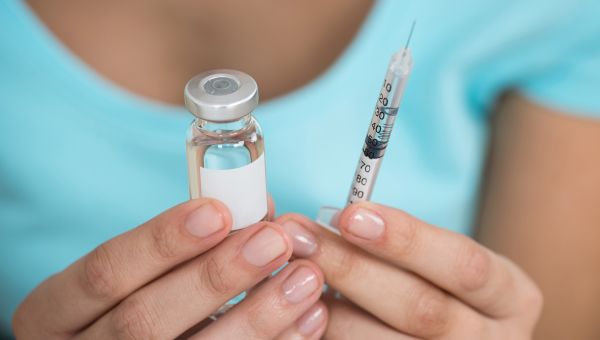
Store your medication properly
While insulin doesn’t have to be refrigerated, exposure to very high or very low temperatures can reduce its efficacy. Avoid storing it in the glove compartment or trunk of your car, and keep any luggage containing medications out of direct sunlight.

Prep healthy, on-the-go snacks
Avoid high-calorie, high-sugar foods from the gas station or fast food by packing diabetes-friendly snacks that travel well. Unsalted nuts, such as walnuts or almonds, apples with peanut butter or ready-to-eat tuna or salmon require little to no prep and will keep you feeling full. If you’re flying,… Show More
Avoid high-calorie, high-sugar foods from the gas station or fast food by packing diabetes-friendly snacks that travel well. Unsalted nuts, such as walnuts or almonds, apples with peanut butter or ready-to-eat tuna or salmon require little to no prep and will keep you feeling full. If you’re flying, be sure to request a diabetes-friendly airplane meal and have snacks on-hand in case the airline runs out.
If you use insulin, always have healthy snacks, like a snack pack of crackers and peanut butter or a piece of fruit, with you. Delays in meals could cause low glucose, so preparation is key.
Show Less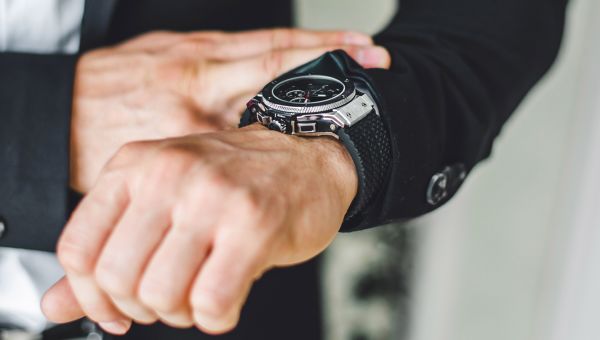
Plan for time changes
If you’re crossing time zones, you’ll need to plan the timing of your medications or insulin injections. Your healthcare provider can help you determine whether or not you need to increase dosages. Check your blood glucose more frequently during your trip, to ensure you’re getting the right amount of medication.
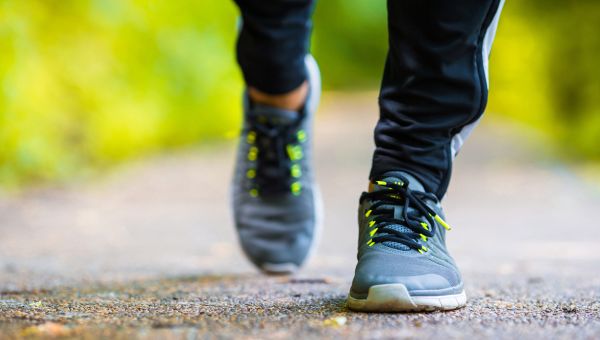
Wear comfortable shoes
Those living with type 2 diabetes are more susceptible to foot injuries, which can lead to severe infections. If you’re doing a lot of walking during vacation, be sure to wear your most comfortable shoes and socks, and check your feet for blisters, cuts, sores or irritation often. And as difficult… Show More
Those living with type 2 diabetes are more susceptible to foot injuries, which can lead to severe infections. If you’re doing a lot of walking during vacation, be sure to wear your most comfortable shoes and socks, and check your feet for blisters, cuts, sores or irritation often. And as difficult as it may be on a beach vacation, avoid going barefoot.
Show LessMore On


video

article

slideshow


video


video
